
This article is about DIY-ing a discrete component OTL amplifier. Even if you don't have a foundation in amplifier DIY, you can give it a try. This circuit was designed previously by the national union. It's quite playable.
The original circuit diagram is as follows:
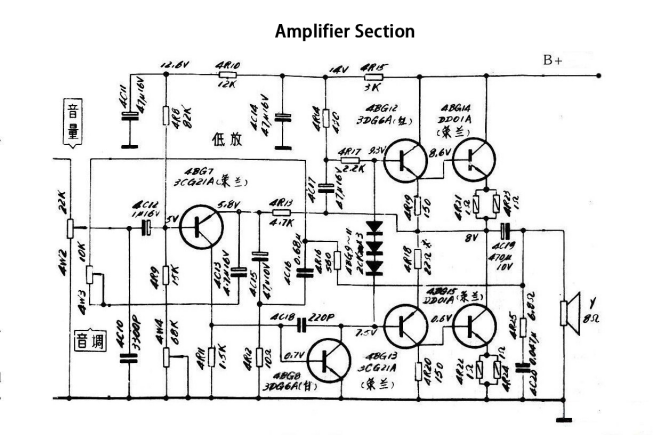
Using a modern component circuit:
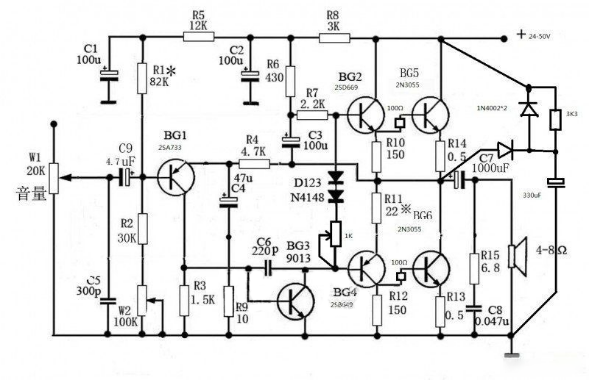
PCB:
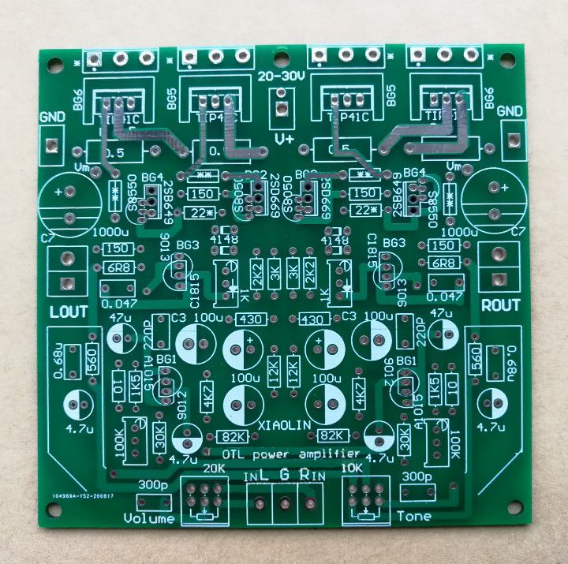
Preparing components and soldering:
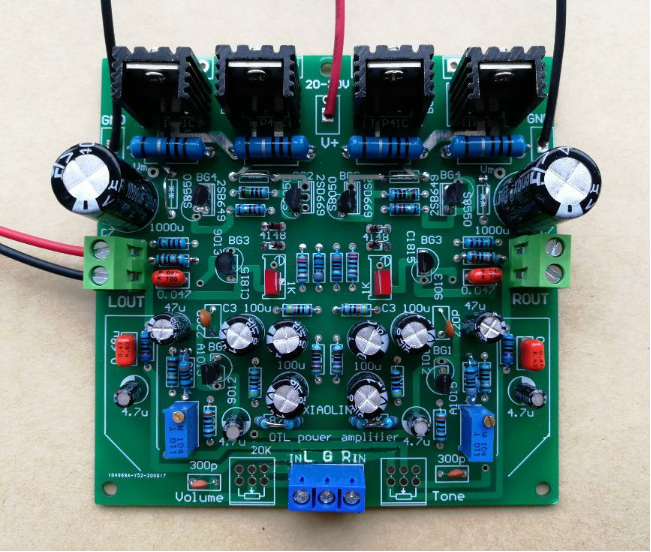
If you don't have a low-ripple power supply, audio source, or good speakers on hand, you can use a Huawei cat 12V adapter to power it up for a test. There's a slight background noise, but when you touch the left and right inputs with tweezers, both speakers produce a clicking sound, indicating basic success. The downside is that the heatsink is a bit small, causing it to heat up after being powered on for a while, but it's not a major issue.
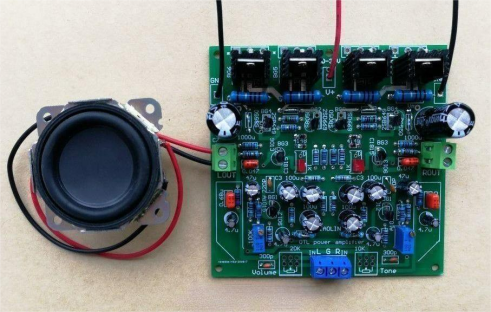
This article is suitable for beginners to practice with. The components are cheap and easy to find. Detailed performance indicators are yet to be measured.




